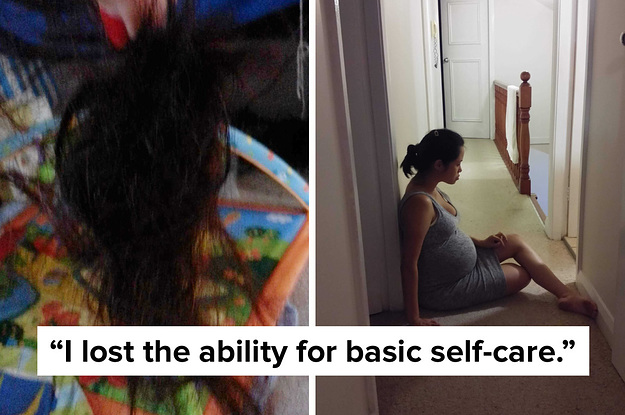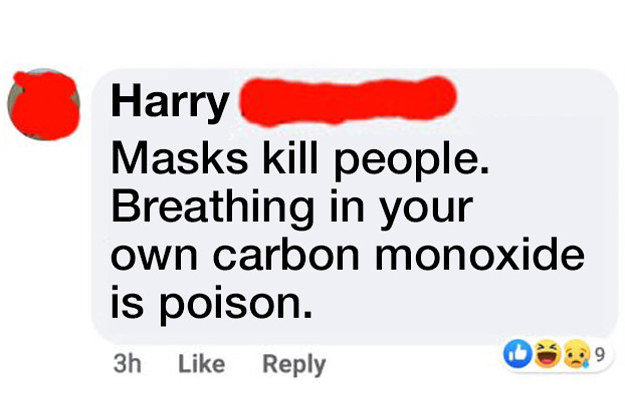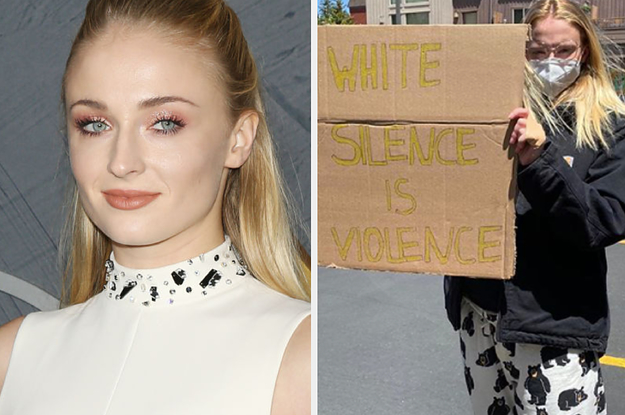Category: Trending
Category Added in a WPeMatico Campaign
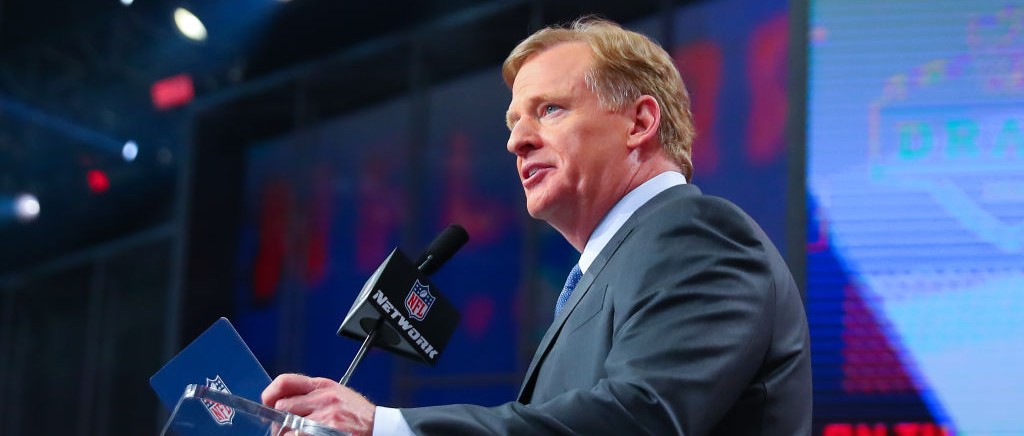
The NFL surprised everyone when the league, which has frequently attempted to avoid anything that could be seen as political, put out a video statement from Roger Goodell supporting the Black Lives Matter movement. Ever since Colin Kaepernick began silently protesting police brutality during the national anthem, the league has pushed back against players using their platform on the field to make statements — with Kaepernick finding himself out of the league for making a stand.
With the killing of George Floyd at the hands of Minneapolis police, multiple players have spoken out since in an effort to make their voices heard. Many have pushed their organizations to put out statements and to stand with them, while also being unafraid to confront those in the league like Drew Brees that have continued to misconstrue the point of those protests.
As teams across the league did so, the NFL put out its own statement that lacked the words the NFL’s black players were looking for and led to backlash from those some players. While many were demanding a stronger message from the NFL, a different video posted by a number of stars across the league came out pushing the NFL to make a stronger statement.
It turns out that the way that video came to be was secretly organized by a member of the NFL social team. A rogue member of the league, Bryan Minter, secretly contacted Michael Thomas of the New Orleans Saints. His message was that he wanted to put pressure on the league to make a statement. Via Yahoo! Sports.
“Hey Mike,” it began.
Bryndon Minter wasn’t sure Saints receiver Michael Thomas would even read the message. He knew it could get him fired. He continued anyway.
“Want to help you create content to be heard around the league,” Minter wrote. “I’m a NFL social employee and am embarrassed by how the league has been silent this week. The NFL hasn’t condemned racism. The NFL hasn’t said that Black Lives Matter.
“I want [to] help you put the pressure on. And arm you with a video that expresses YOUR voice and [what] you want from the League. Give me a holler if you’re interested in working together, thanks bro!”
After Minter received interest from Thomas and other NFL players he got to work on putting the video together. Within 24 hours the video was out there and it was now up to the NFL to decide how they wanted to respond. By Friday they had the video of Goodell giving the players their support. The pressure the players and Minter wanted to put on the league had worked.
Minter later met with NFL execs for a meeting expecting to lose his job. Instead, he had what he described as a “productive conversation” and believes that progress is on the way.
“It’s clear, at least to me, that they’re trying to get on the right path, both internally and externally. Both with the people who root for the teams on Sunday and with the employees, especially employees of color, who make this league run. Because you can’t talk out of both sides of your mouth. You can’t have a league that’s 70 percent black and have no stance when it comes to this. … So the real lesson here is that there’s a human side to this league that I hope, and I pray, we embrace going forward.
“I think it’s a turning point,” he concludes. “I think it’s a turning point.”
While many are hopeful with the NFL’s words we also know that actions speak louder. Until their actions meet their words there is going to be a healthy amount of skepticism, but we can surely expect to find out later this year as players have made it clear they will once again bring peaceful protests to the field.
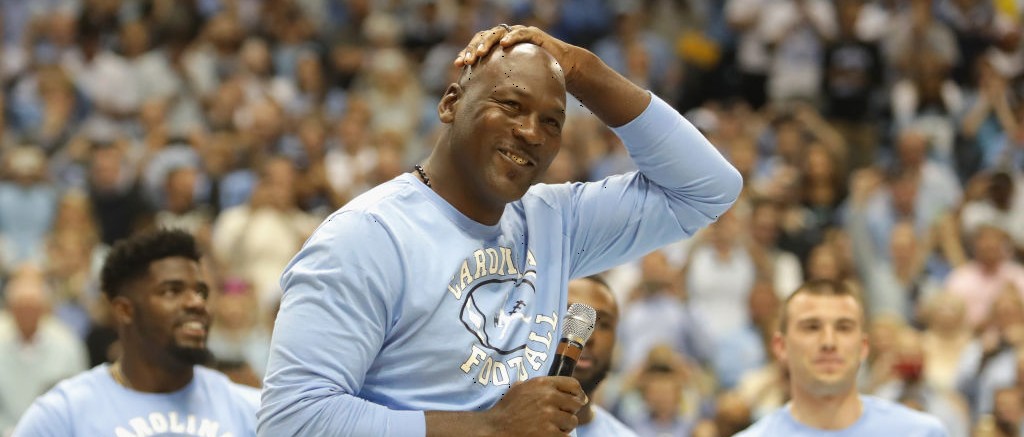
There have been a number of current and former athletes that have spoken out against systemic racism and police brutality over the past two weeks following the murder of George Floyd by Minneapolis police.
Many have used their platform to continue spreading the message that racial injustice is a significant issue in the U.S. that impacts everyone in the Black community, including those at the top of the sports world. Michael Jordan has never been known as an athlete that speaks much on social and political issues, as he has been more likely to offer a quiet, but sizable donation in the past. This time, however, Jordan has made sure his mouth and his wallet are heard, as he issued a strong statement condemning police violence and racism, which he followed up with a $100 million pledge from he and Jordan Brand over the next decade.
While the organizations that will receive that funding are still being figured out, Jordan gave a rare interview to Rick Bonnell of the Charlotte Observer about why he spoke up so strongly this time and what moved him to make his $100 million pledge.
“We have been beaten down (as African Americans) for so many years. It sucks your soul. You can’t accept it anymore. This is a tipping point. We need to make a stand. We’ve got to be better as a society regarding race.”
When asked what has to happen for racist behaviors to change, he, like many others, noted it starts with white people understanding the inequalities that exist and taking steps to help, rather than turning a blind eye.
“Face up to your demons. Extend a hand. Understand the inequalities. Sure, it’s about bargaining for better policing, but it’s more. We have encountered racism to be somewhat acceptable in certain circles.”
The interview makes it clear that education will be at the forefront of where the money goes to, as he notes education is what offers the best chance to “stand up on your own.” Beyond that, Jordan explains why he’s helped build a pair of low-cost health clinics in under-served neighborhoods in Charlotte, as those are places that can really impact change in a community and indicates the type of thought that will be put into ensuring that the money he pledges goes to funding things that can have sustainable, long-term impacts on communities.
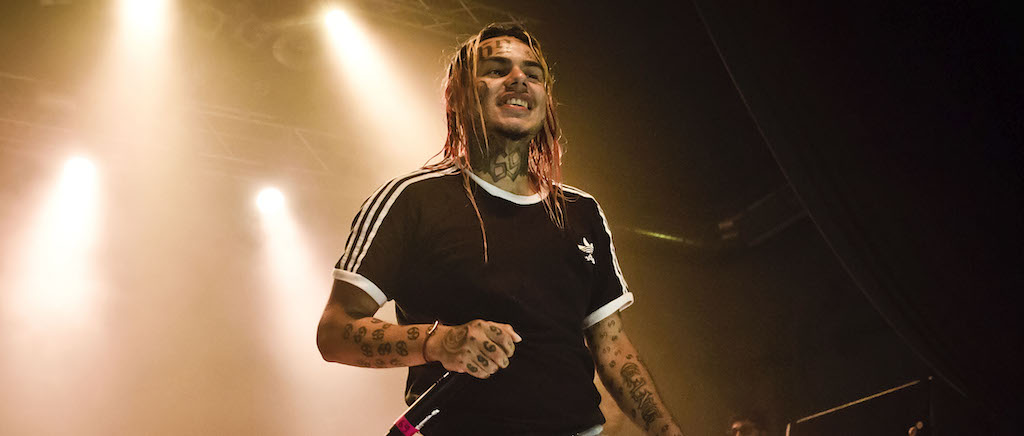
Following his release from prison in early April, Tekashi 69 dove head-first into the flamboyant and viral-seeking antics he left behind when he was sentenced back in December of 2019. From snitching jokes to his “Gooba” single to accusations of Billboard chart bias, Tekashi has managed to stay in headlines since his release simply by making it hard for us to turn away. Back on social media, Tekashi previewed another single, this time featuring Akon, and fans are not happy about its existence.
6ix9ine and Akon “Locked Up” Part 2
pic.twitter.com/zsI56wL1qE
— DatPiff (@DatPiff) June 7, 2020
Kicking it in the studio together, Akon and Tekashi 69 showcased a new remix of Akon’s 2004 track “Locked Up.” The remix features a new verse from Tekashi that finds him briefly speaking about his time in prison, fighting with his lawyer in hopes of gaining a better offer, and his regrets as a whole. Moments after the song arrived on social media, fans quickly fired shots at the song while condemning Akon for working with Tekashi.
https://twitter.com/KingMcQueen7/status/1269682811226804224?s=20
Akon came outta retirement for this?!
pic.twitter.com/TG1VX6601T
— Birdie
(@tomm_YSL) June 7, 2020
Black twitter digging Akon’s grave after hearing locked up remix with 6ix9ine pic.twitter.com/I6TMpghhms
— 𝐒𝐚𝐝𝐞 𝐂𝐫𝐚𝐯𝐞 (@SadeCrave) June 7, 2020
Others were a bit too distracted by Tekashi’s hair to deliver their first shots at Akon. Sitting by the Senegal singer, Tekashi dawned a long and colorful wig that took viewers by surprise upon playing the video.
Is that a lace front ? pic.twitter.com/RXs9LJdlo9
— whit (@SUPERBAD713) June 7, 2020
69 got that Meg the Stallion Hot Girl Summer ontop too
— King McQueen (@KingMcQueen7) June 7, 2020
Tekashi’s latest preview comes after he called the late Pop Smoke a “great talent” during a 45-minute livestream with DJ Akademiks.
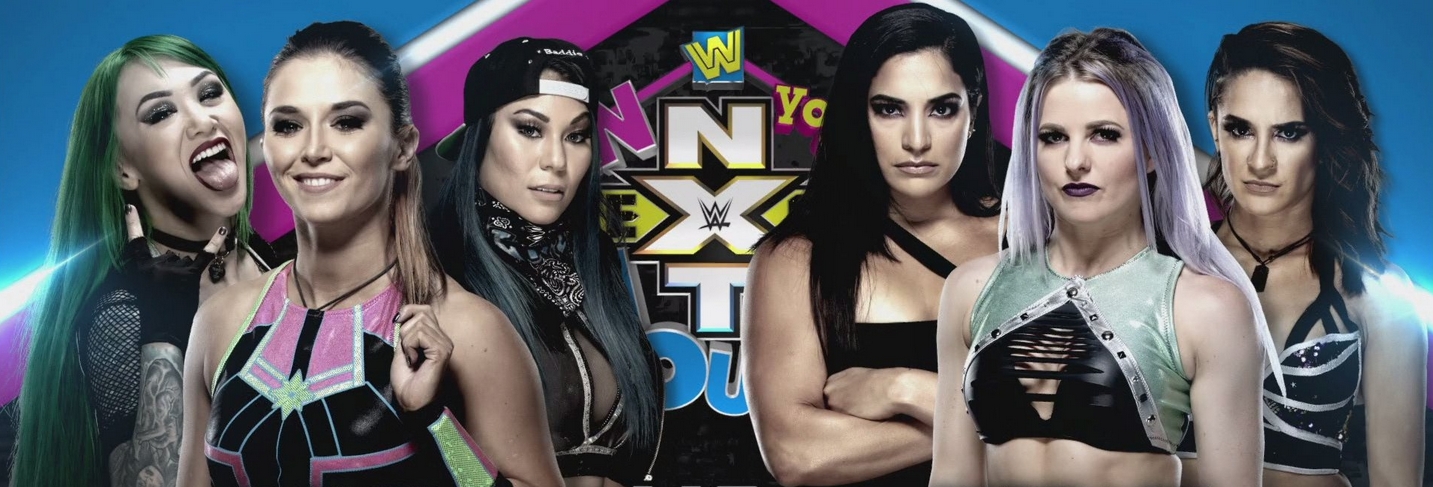
NXT TakeOver In Your House airs this Sunday, June 7, live on WWE Network. The most recent edition of TakeOver features a “Last Chance Backlot Brawl” for the NXT Championship, a triple threat for the Women’s Championship, Gargano vs. Lee for the North American Championship, and more. We’ll be here all night with a live discussion thread — you’re in it right now! — and results. Here’s the complete card:
NXT TakeOver: In Your House Card
1. Last Chance Backlot Brawl (If Dream loses, he can no longer challenge for the NXT Championship while Cole is still champion): Adam Cole (c) vs. Velveteen Dream
2. Triple Threat Match for the NXT Women’s Championship: Charlotte Flair (c) vs. Rhea Ripley vs. Io Shirai
3. Tommaso Ciampa vs. Karrion Kross
4. North American Championship Match: Keith Lee (c) vs. Johnny Gargano
5. Mia Yim, Shotzi Blackheart and Tegan Nox vs. Candice LeRae, Dakota Kai and Raquel Gonzalez
6. Finn Bálor vs. Damian Priest
If you’d like to read our predictions and analysis for all six matches on the card, you can do that here.
Make sure to give your favorite comments from tonight’s open discussion a thumbs up, as we’ll include ten of the best, funniest, or most insightful in tomorrow’s Best and Worst of NXT TakeOver In Your House column. Be sure to flip your comments to “newest” in the drop-down menu, and enjoy the show!
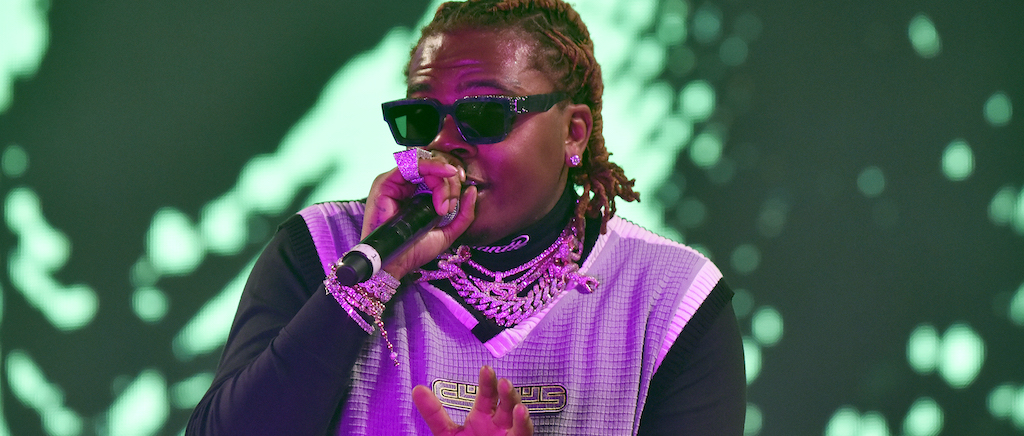
While all celebrities are not superheroes, Gunna will certainly not settle for normalcy and a regular life. The ATL rapper cleared a few hurdles in his way in 2020 and released his latest album, Wunna, a few months later than most originally anticipated. Despite the delay, Gunna notched a No. 1 spot on the Billboard album charts with the album. Continuing to promote the album a little over two weeks after its release, Gunna looks to showcase his superpowers with a new action figure.
Showcasing the action figure on his Instagram page, the Wunna Mann character emulates the animated character pictured on the cover of Wunna. Labeled as The Warrior Communicator, the packaging of the Wunna Man action figure reveals superb being’s true motivation.
“Gunna is Wunna. He’s wealthy, he’s unapologetic, and he got the D R I P. The life purpose of Wunna is to be seen, be heard, and communicate. Through his new project he will reflect this purpose in a warrior like manner — energetically, outspoken and recklessly, while shining his brightest light to others.”
The Wunna Mann packaging also reveals the inhabitants of WunnaWorld, that being Young Thug and producers Wheezy, Turbo, Taurus, and Aviator Keys. In addition to teasing the action figure, Gunna also revealed that the deluxe version for Wunna is on the way, but a release date or possible features have yet to have been revealed.
Check out the Instagram post above for a preview of the Wunna Mann action figure.

